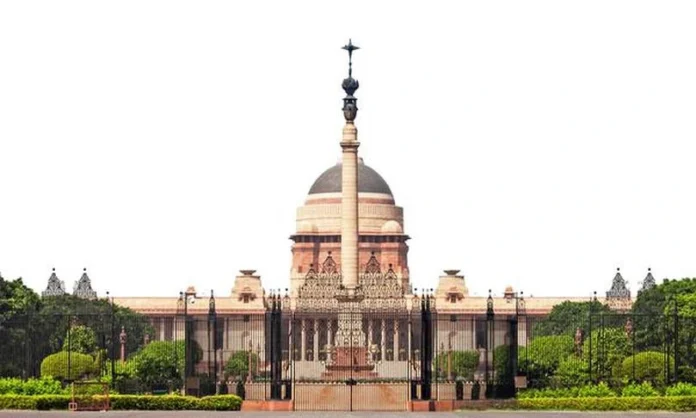India’s Ministry of Electronics and Information Technology (MeitY) has introduced significant amendments to the Information Technology (Intermediary Guidelines and Digital Media Ethics Code) Rules, 2021, aiming to enhance accountability and transparency in the removal of unlawful online content.
These changes, effective from November 15, 2025, are designed to address concerns over the misuse of digital platforms while safeguarding freedom of expression.
The revised rules stipulate that intermediaries such as social media platforms, search engines, and online service providers must remove content deemed unlawful within 36 hours of receiving actual knowledge, either through a court order or a government notification. This swift action is mandated to prevent the spread of content that threatens national security, public order, or the sovereignty and integrity of India.
A key feature of the amendments is the requirement for content removal notices to be issued solely by senior officials. Specifically, notifications must come from officers not below the rank of Joint Secretary or equivalent at the central or state level. In the case of police authorities, only those not below the rank of Deputy Inspector General of Police, specially authorized, can issue such notices. This measure aims to ensure that content removal decisions are made with due diligence and oversight.
Moreover, the amended rules mandate that any content removal notice must clearly specify the legal basis and statutory provision under which the action is taken. This requirement enhances transparency and allows intermediaries to understand the legal grounds for content removal, thereby reducing the risk of arbitrary or unjustified censorship.
To further bolster accountability, the government has implemented a system for periodic review of content removal actions. A senior official at the secretary level will oversee these reviews to ensure that the removal of content is proportionate, justified, and in line with the legal framework.
These amendments come in the wake of a legal challenge by X (formerly Twitter), which contended that the government’s content removal mechanism, particularly the Sahyog portal, bypassed established legal processes and infringed upon free speech rights. The Karnataka High Court upheld the government’s approach, emphasizing that platforms operating in India must comply with local laws and that freedom comes with responsibility.
The government’s stance is that the new rules are not intended to stifle free speech but to create a safer and more accountable digital environment. By instituting clear procedures and senior-level oversight, the amendments seek to balance the need for swift action against unlawful content with the protection of constitutional rights.
The India’s updated IT rules represent a significant step towards regulating online content in a manner that is both efficient and respectful of fundamental freedoms. As the digital landscape continues to evolve, these measures aim to ensure that the internet remains a space for open expression while protecting individuals and society from harm.


